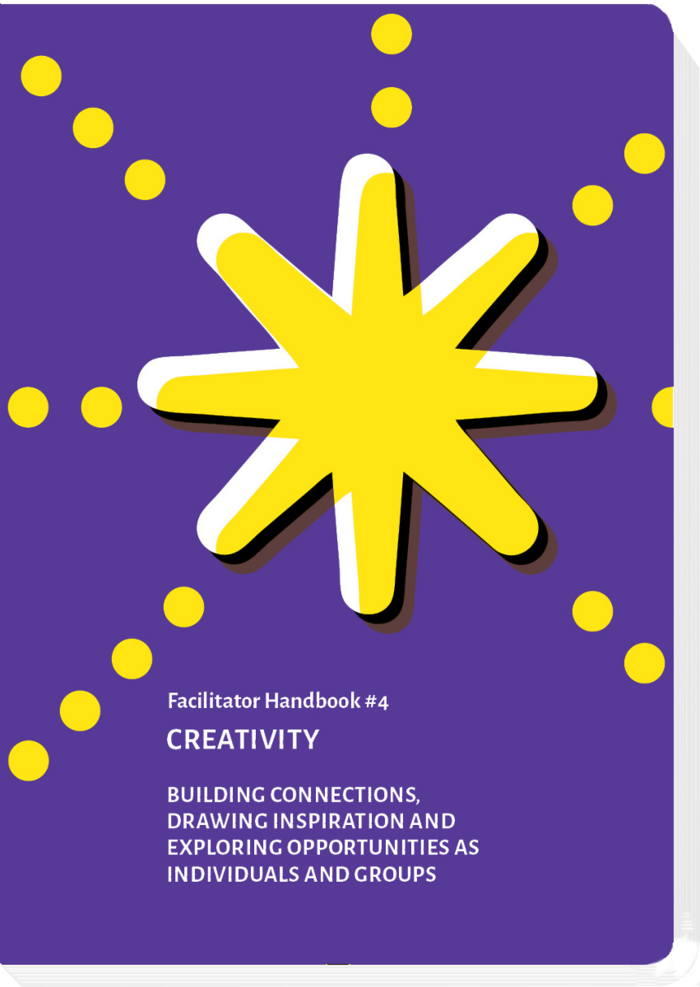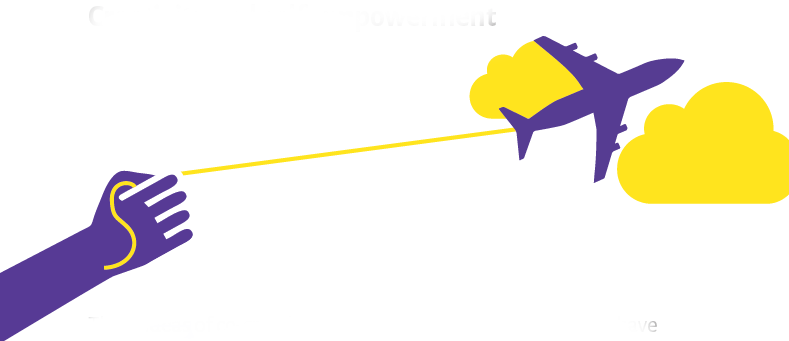In our everyday life we live in comfortable bubbles. However, sometimes these bubbles start vibrating and we are perceiving disturbance from the outside. Individuals and individual organizations are reacting on disturbance in different ways. Some are keeping their environment on distance for instance by strengthening the walls with a concrete layer or they are fixing cracks with sticky tape provisorically. Others are paying more attention to what is happening outside. They are opening toward change.
The latter is an elementary condition for creativity. Creativity is developing from a tension resulting from an inner need to reflect well-known familiarity – or because outside signals are motivating us. Being creative means perceiving the impulses and diversity of information around us and to process it.
More Experiments
Creativity includes an active aspect. The latin ‘creare’ means to shape something. One can conclude that creative individuals, groups and organizations are able to shape their environment, to reinvent themselves from time to time and to initiate a mindful and purposeful dialogue with the world outside of their organizations’ familiar structures.
Vision+Ideas+Creation = Creativity
Creative Competence
Competence ist the sum of knowledge, skills, attutude and values, learners are able to bilise in a certain context. The European EntreComp competence framework defines it as the ability to “develop creative and purposeful ideas”. Although many assume that creativity is rooted in a intuitive, open-minded and explorative style of thinking, research from psychology and neurosciene seem to suggest, that creativiyt is not part of one certain thinking style but rather evolving in an area of contrasting ways of perceiving and processing information. In our Creativity Handbook we were sugessting the following definition:
Creativity is an ability that helps us process the wealth of information that our minds collect and forge connections between different pieces of information in order to find a solution to a problem in a new way, or to come to a new understanding of the problem itself.
In a more and more connected and therefore complex world, creative competence is an essential requirement for organzations intending to have social impact.
It’s always the individuals developing creative competence. While organizations, methods or leadership might shape good conditions for creativity, it is upon the invoved people to activate their potential and to become interested in change. Essentially creative spaces enable and empower.
The ability of people to create is not a privilege of some gifted people or of elites. The idea of ‘creativity for all’ is key for democratic resilience. In order to allow broad groups of the population to participate, a society requires a lot of diverse spaces where citizens might explore and unleash their creativity.
Creative Spaces and Windows of Opportunities
Creative communities, creative administration or creative organizations might support creativity by observing their environments with curiosity and awareness instead of marginalizing these as ‘noise’ or ‘disturbance’ of proven practices. In this way they shape interfaces to the other actors and subsystems of the society and faciliate purposeful dialogue between the inside and the outside. Furthermore, they might offer spaces for ideation and experimentation and enable the people inside this spaces to drive new solutions.
Methodology

Methods like creative prototyping, design thinking or elements of gamification might facilitate creativity. These methods have in common that they combine divergent curiosity driven ways of thinking with a convergent more stringent solution oriented thinking style. Often they are approaching problems in an experimental way. They are working with prototyping techniques, reflecting the prototypes from a user’s or a needs perspective and are coming up with the new solutions after an interative process. Their working style is rather horizontal than hierarchical. Hence they are able to include into the creative process social diversity and different perspectives on a problem, creative organizations are also diversity conscious.
Collective Creative Process:
Different visions and motivations
+ divergent and convergent thinking
+ an inspiring setting
+ moderation valuing and managing diversity
Creativity Handbook

